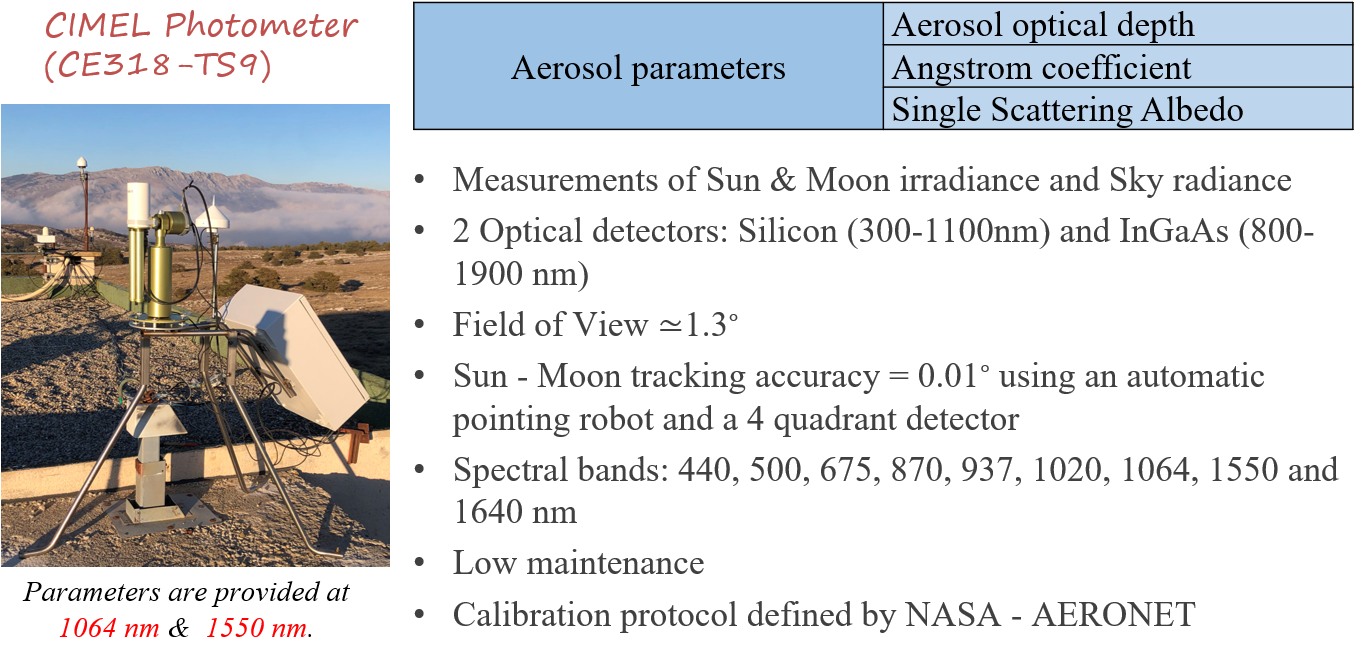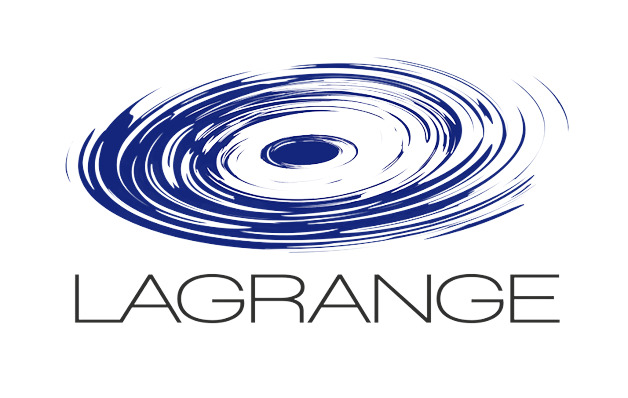Instruments
ANAtOLIA is a compact and mobile station consisting of the GMT monitor of turbulence, the Reuniwatt Sky Insight camera for clouds characterization and the Cimel CE318-T photometer for aerosols detection. The ANAtOLIA station is operational 24h a day, 7 days a week in any site around the world with minimal infrastructure.
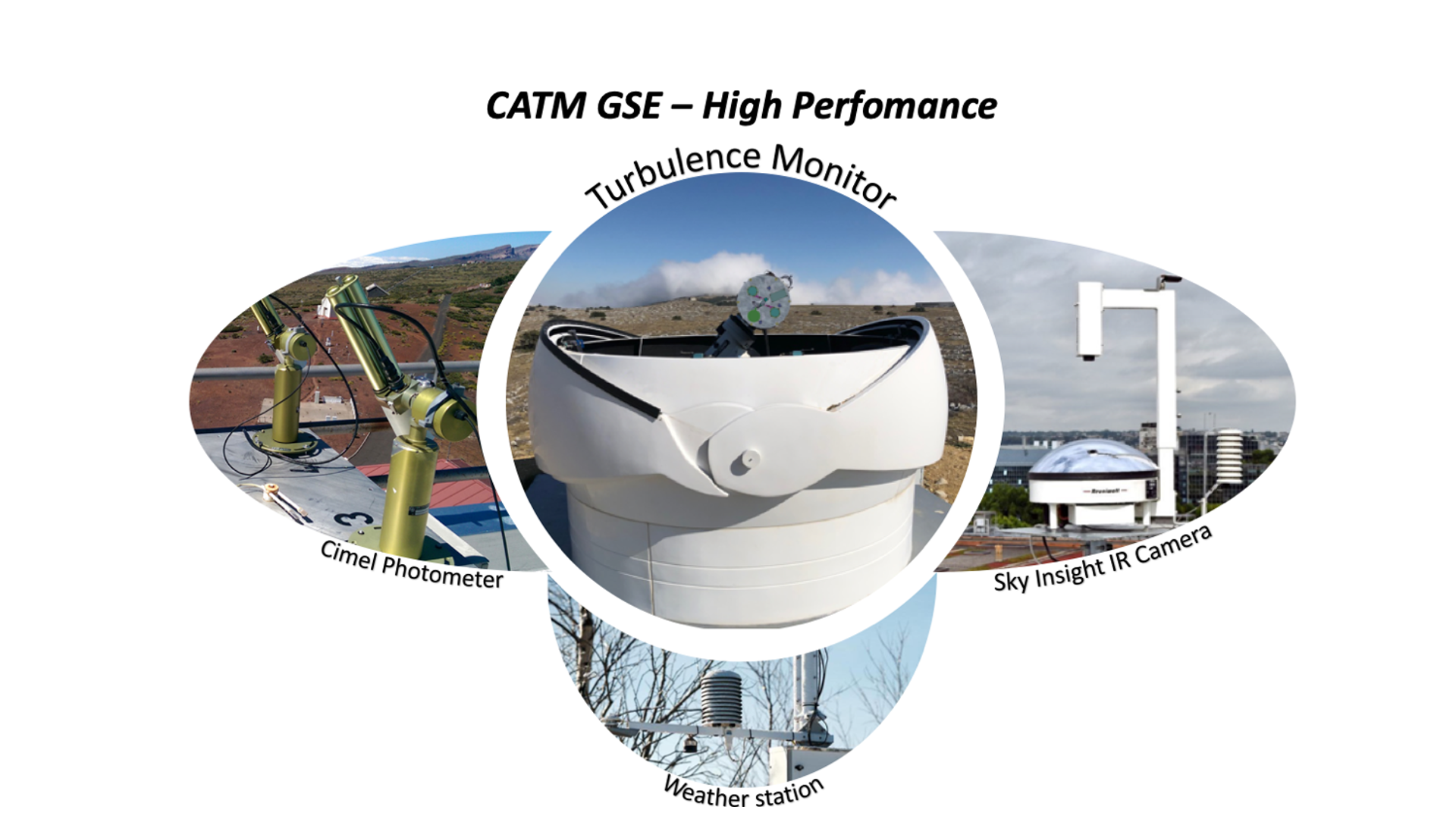
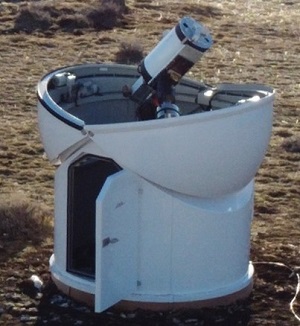
Generelized Monitoring Turbulence

The Cimel’s Photometer (Aeronet)
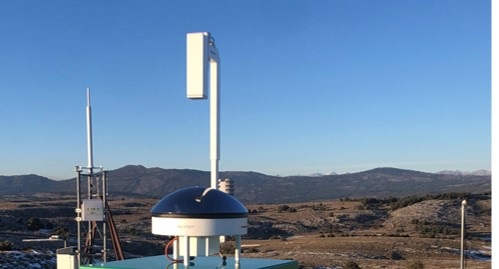
Reuniwatt Sky Insight IR Camera
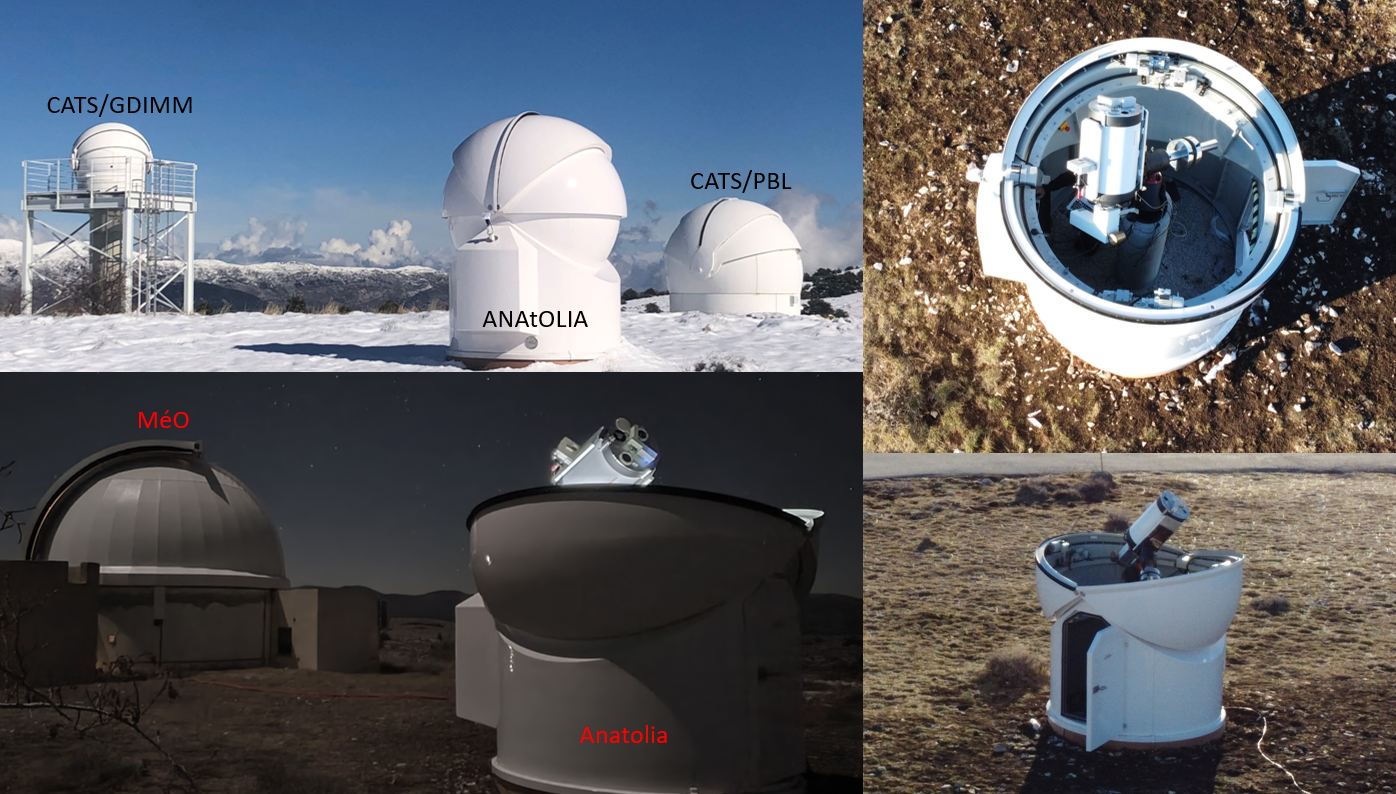
GMT
The Generalized monitor of Turbulence (GMT) is the instrument dedicated to the measurement of optical turbulence conditions. It is based on the method used by two other well-known and performant instruments: the Generalized Differential Image Motion Monitor (GDIMM) and the Profiler of Moon Limb (PML).
GMT is a combination of GDIMM and PML monitors:
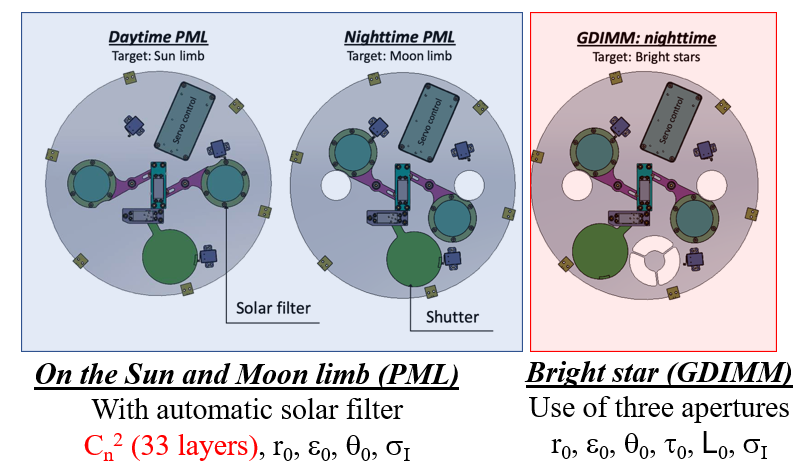
List of GMT extracted turbulence parameters:
- Seeing ε0
- Fried parameter r0
- Isoplanatic angle θ0
- Coherence time τ0
- Scintillation index σI
- Outer scale L0
- Angle of Arrival AA
- Greenwood frequency fg
- Effective wind speed ve
- Structure constant Cn²(h)
GMT in PML mode for turbulence profile extraction
In its PML mode, the GMT used an optical method based on the observation of the Sun or Moon limb to deduce the vertical profile of the turbulent energy called Cn². Indeed, the limb offer the advantage of offering all angular separations needed between two points of the limb, which is equivalent to have a continuum of double stars. From each double star the instrument uses the same differential method than the DIMM through the two small sub-apertures (6cm diameter). From these sub-apertures we acquire two images of the limb. The angular correlation of the differential distance along the limb between the two images of the limb allows to deduce the vertical profile of the turbulence energy Cn²(h). This method is the one giving currently the best resolution scanning the whole atmosphere (33 layers between 0 and 24km with a resolution of ~100 near the ground). In addition, other turbulence parameters (seeing, isoplanatic angle, scintillation, …) are also deduced either from the images or from the Cn² profile. One of the best advantages of this method in the ANAtOLIA project is that it can works during both daytime and nighttime with the same instrument, giving access to turbulence conditions during the day.
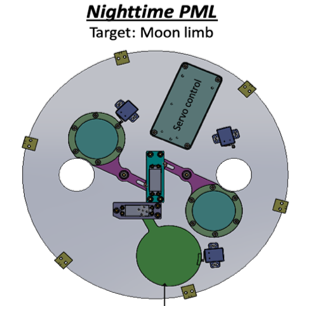
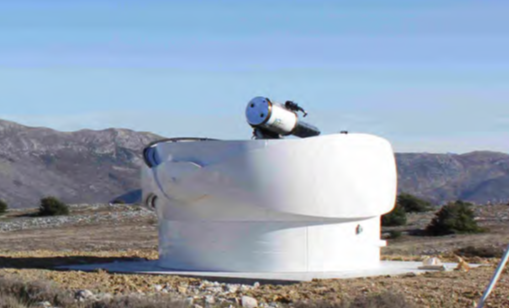

PML is a DIMM observing the Moon/Sun limb:
- Differential measurement
- Different angular separations leading to the different atmosphere layers.
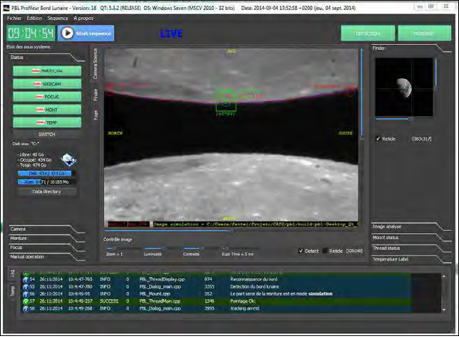

Example of Cn² profile extracted from GMT
Cn² profile with 33 layers in the first 24km with different resolutions Δh:
- Δh = 100m for h < 1 km
- Δh = 500m for 1km < h < 5km
- Δh = 1km for 5km < h < 15km
- Δh = 2km for h > 15km
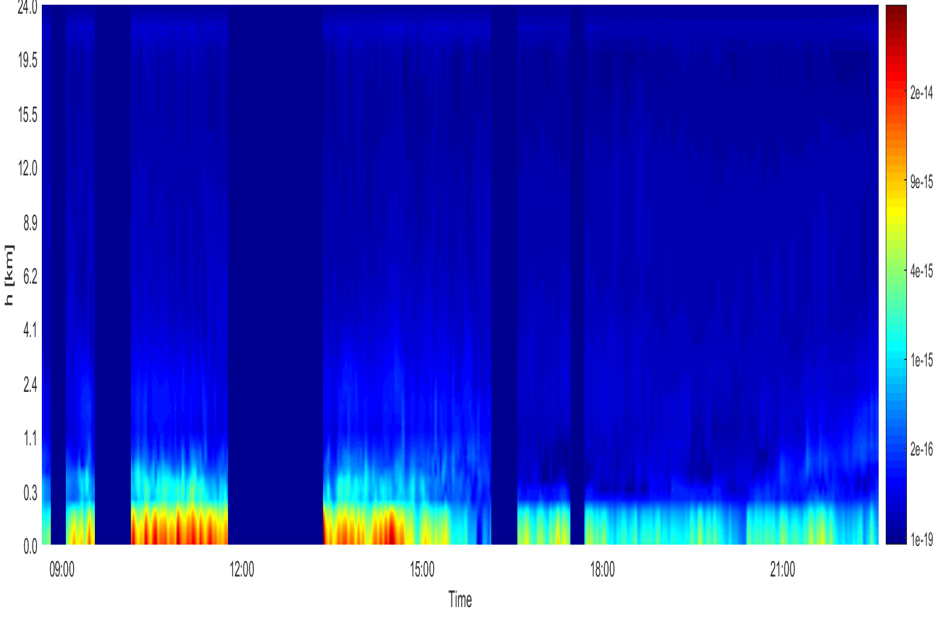
GMT in GDIMM mode for turbulence intgrated parameters
The GDIMM method is partly based on the well-known DIMM method which consists of measuring the differential variations of a given bright star passing through two different sub-apertures of 6cm diameter. This method allows the instrument to deduce the integrated seeing and Fried parameter. In addition to the DIMM method, the GDIMM has a third 10cm diameter sub-aperture with a 4cm central obscuration which allow to deduce also the isoplanatic angle, the wavefront outer scale and the coherence time.
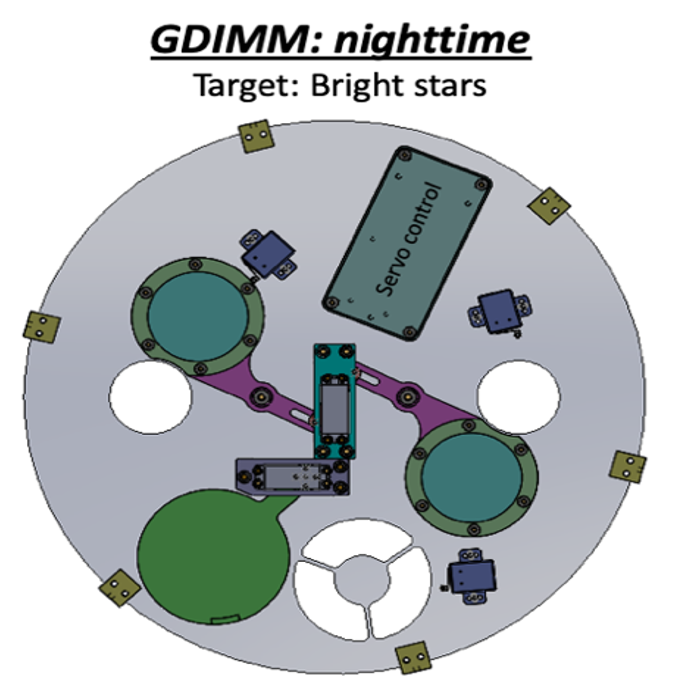
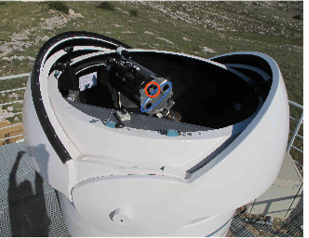

Reuniwatt IR SkyInsight Camera
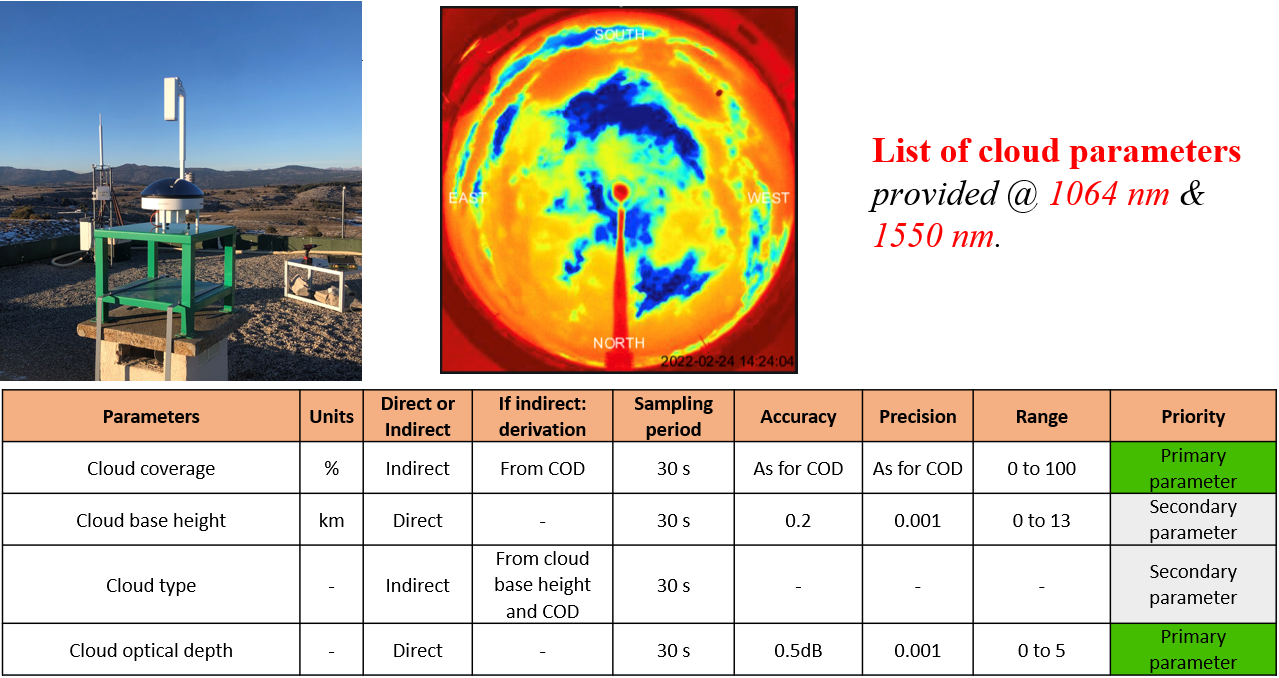
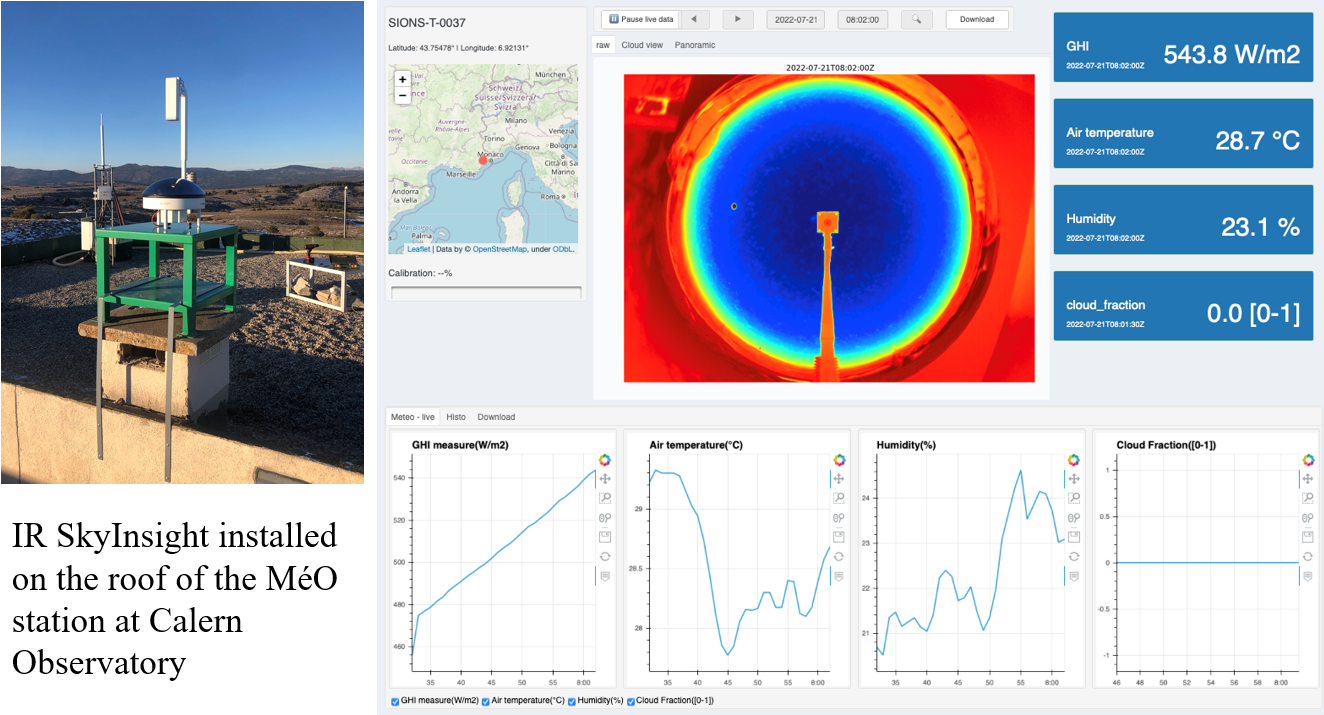
Cimel Photometer
